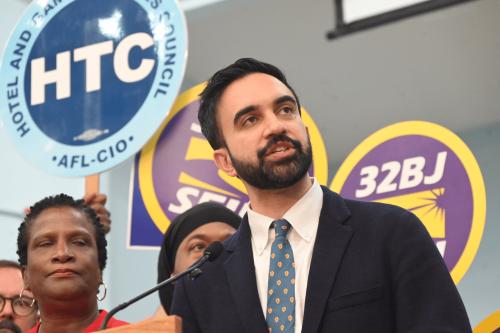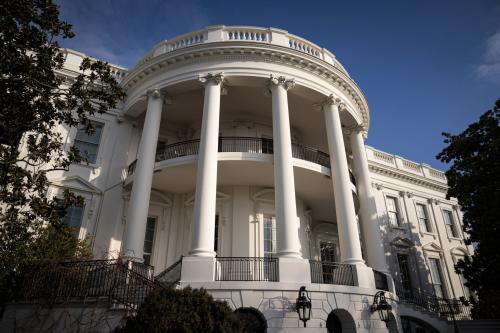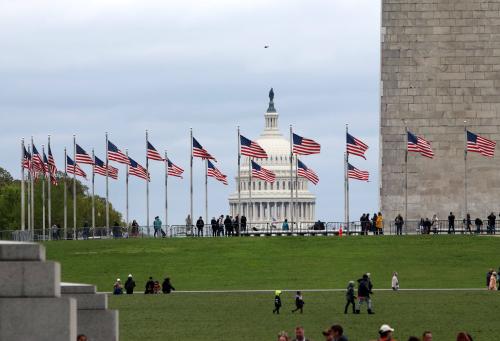It would be useful if your press secretary had great briefing skills: an ability to explain your policies with brevity and accuracy, to deflect difficult questions without rancor, and to cut tension with good humor or a quip. It would also be useful if reporters considered your press secretary to be a fun sort of person—if only because they will have to spend so much time together and because nothing is gained by a hostile workplace.
It would be useful, but not sufficient.
Pierre Salinger, President Kennedy’s press secretary, had all these skills. He was a good fellow, but the White House press corps at the time did not hold him in the highest regard. Why? Because he lacked what reporters consider the one essential: membership in the president’s inner circle. When important decisions were being debated in the White House about the Bay of Pigs invasion, Salinger’s name was not on the manifest. The opposite was true of President Carter’s press secretary, Jody Powell. Powell was far from a personal favorite of the Washington press corps, yet he was valued for his closeness to Carter.
News organizations spend a lot of money to cover you, yet White House reporters will have limited opportunities to ask you questions directly (unless you are very different from those who came before you). Because of this, reporters need to feel the information they get from your press secretary is bankable.
So, what career path produces the perfect press secretary—journalism or political communications? Ideally, your press secretary will have a background in both fields. This was the case with President Eisenhower’s press secretary, James Hagerty, who invented the modern White House Press Office. Hagerty had been a reporter for the New York Times before becoming press secretary to New York Governor Thomas Dewey and, later, the spokesman for Ike’s 1952 presidential campaign.
But if your press secretary doesn’t have experience in both careers, the record suggests a background as a political communicator is the better fit. The estimable James Brady came to the Reagan press operation after having handled press relations for the OMB in the Ford administration and having been chief spokesman for a defense secretary and a senator. The fundamental duality of the White House job is less wearing on the political communicator.
As Hagerty told reporters, “I’m here to help you get the news. I am also here to work for one man, who happens to be the President. And I will do that to the best of my ability.” Press secretaries who come to the White House with a journalism- only background seem more conflicted.
Jerald terHorst, who left the Washington bureau of the Detroit News to become President Ford’s first press secretary, lasted only thirty days, resigning when he could not support Ford’s decision to pardon former President Nixon. TerHorst was an honorable man who made a conscientious decision—but it was not a decision that was helpful to President Ford. The usual habit is to elevate the campaign spokesman. In some recent cases, unfortunately, this has not produced complete satisfaction.
Ask candidates for press secretary to repeat after you this “oath” of office:
“I, ___________ , am here to work for the President and it is my job to explain my president’s position—whatever it is—to the best of my ability.”
NEXT WEEK: YOUR CONGRESSIONAL RELATIONS CHIEF
The Brookings Institution is committed to quality, independence, and impact.
We are supported by a diverse array of funders. In line with our values and policies, each Brookings publication represents the sole views of its author(s).



Commentary
What Now? Picking Your Press Secretary
November 14, 2008